I always meet two types of people when I mention my background in art. The first group of people immediately dismissed me because of the stereotypes of art, such as art people are feeling-based and do not make money. If I do not make money or give benefits to them, conversations fall short. The second group of people who are genuinely curious about what I do, especially when I passionately say that art has context behind it. This post is to target the second group of people.
With information at the tip of our fingers through the Internet and AI (Artificial Intelligence), I almost did not want to write this post. However, I realised no one can fully replicate my thoughts and emotions. While AI can train on my writing, I may offer different perspectives.
Being trained in art and design means I have the fundamentals to read artworks, artifacts, and designs. Here are some of the fundamentals taught in art and design school:
1. The principles and elements of art
These principles and elements such form, strokes, colour, repetition, harmony are essential because they are the foundation of constructing artworks. Many articles are available online regarding this. Please use the keywords “Principles and elements of art” on Google or AI tools to learn more.2. The date of the artwork
This information is essential to determining the period of the artwork because of the availability of materials and technology. For example, we would not see digital art in the 17th century because computers have not been invented yet. Different technologies of each period will give different outcomes and meanings.3. The location of the artwork
The surroundings of the place influence artworks. Is this a place with a tropical or temperate climate? What is the political environment of that place? Different places have different resources, and the political climate, such as wars and nation-building, also influences one’s outlook on migration and settlements. These three points above reflect culture, which means “the way we do life.” For example, if we want to make people living near the equator wear winter clothes like the Arctic and Antarctica, we need to create places with air conditioners that can go below 0ºC. This act is very counter-culture to a location with a warm and humid climate. However, history reveals that newer technologies or ideologies happened through inventors, rebels and revolutionaries. While we expect artworks to follow specific rules, some artworks challenge the norms.Recommendations
The problem with interpreting art is that we approach art as an object rather than the stories behind it. Traditionally, art is limited to museums and galleries, which can be intimidating. I would liken it to meeting someone new. We do not know about the person, but we take time to understand them and ask questions such as:- What drives the person to this path, whether science or humanities?
- What forms someone’s belief system?


